Once there was a meatball...
Meatball was very tired... found a blanket, and got comfortable. Really comfortable.
So comfortable that Meatball didn’t notice when the blanket started heating up.
And thus began the story of how the dumpling was born (just kidding).
Over the years, the internet has pushed through countless articles about dumplings - these range from Buzzfeed-esque quizzes that determine your dumpling personality based on your sunset and dog breed preferences (um okay…) to more educational listicles like CNN’s “Around the World in 30 Dumplings” (sorry we may have taken inspo from your title).
Thus it’s only fair that we continue this trend at Klook and present to you a very unscientific snapshot of various dumplings around the world.
1. Jiaozi (China)
Typically the first thing to come to mind when the word dumpling is mentioned, it wouldn’t be amiss to consider jiaozi the OG of dumplings. Many varieties of jiaozi exist across both mainland and Greater China, however there are a couple of key things that define this savory morsel:
- It generally consists of a thinly rolled piece of dough containing either ground meat or vegetable fillings
And that’s pretty much it… Everything else is open to interpretation depending on which region you visit. Whilst often served with a side of soy sauce/vinegar-based dipping sauce, everything else about jiaozi depends on personal preference, and it can be eaten either as an appetizer, a side dish, or the main course.
Cooking-wise they exist in quite a few iterations, and you can choose to either boil (shuijiao), steam (zhengjiao) or pan-fry (jianjiao or guotie, often known as potstickers).
Fun fact: jiaozi are traditionally eaten during Lunar New Year - a custom which arose from the dumpling’s similar appearance to the yuan bao silver or gold ingots that were used as currency during the Ming dynasty - serving these is believed to bring prosperity.
Check out the best place to eat traditional Northern Chinese dumplings.
2. Wonton (China)
Regarded as the thin-skinned, flatter, and slightly trapezoidal cousin to jiaozi, wontons are commonly a broth-based dumpling, as opposed to jiaozi which are complemented by dipping sauces.
Preparation of the wonton again varies by region - examples of styles include:
- Guangzhou/Canton cuisine - wonton noodles. Bursting to the brim with shrimp and served with thin noodles, this version was later also introduced to Hong Kong where it grew popular as a street food after WWII. A local favourite method of consuming wonton noodles is to have them with red vinegar on the side
- Sichuan cuisine - “folded arms”. Meticulously folded into a semi-pentagonal shape to create the impression of folded arms, these are generally served tossed with a sauce made from sesame paste and chilli oil to create a dish known as “red oil wontons”
- Shanghai cuisine - swimming in chicken soup. A popular filling used in this region is the “three delicacies”, which utilizes pork, shrimp, and fish as the primary ingredients.
Enjoy some of the biggest wonton noodle portions in Hong Kong!
3. Xiaolongbao (China)
Cute, seemingly fluffy and innocuous but actually kind of risky to eat straight away due to the hot soup hidden inside, the xiaolongbao is nowadays famous across Western countries as a Shanghainese delicacy, but actually originates from the Jiangsu province (of which Shanghai was formerly part of).
Perhaps better known as the soup dumpling, the xiaolongbao’s filling consists of a small piece of aspic (a savoury jelly) in addition to its regular ingredients, which melts when cooked to create the flavourful broth the dumpling is famous for. Due to the broth it needs to hold in, xiaolongbao dough is commonly twisted and pinched at the top, rather than the fold and side pinch method used to make regular dumplings.
Fun fact: xiaolongbao derives its name from the xiaolong bamboo steaming basket which it’s traditionally cooked in.
Experience xiaolongbao at Din Tai Fung, internationally renowned for their famous 18-fold dumplings!
4. Dim sum (China)
Dim sum is actually a fairly broad term covering a range of dumplings and other food items commonly eaten during yum cha, as well as the actual practice of yum cha itself - a vastly older tradition which gave rise to the modern day Cantonese method of brunching.
Most yum cha restaurants will serve several dozen variety of dishes, with standard dumpling fare usually covering the below varieties:
- Steamed “crystal” dumplings - made from rice flour rather than wheat flour, the most common fillings tend to be either shrimp or chives
- Teochew dumpling - steamed dumpling with peanuts, garlic, Chinese chives, pork, dried shrimp, and Chinese mushrooms.
- Xiaolongbao
- Pan-fried dumpling
- Shaomai or siumai - steamed dumplings with pork and prawns. Usually topped off with crab roe and mushroom. Head further down this article to find out more about the Indonesian version siomay
- Taro dumpling - deep fried with the skin made using mashed taro, these are stuffed with diced mushrooms, shrimp and pork
- Haam Seui Gok - deep fried dumpling with a sweet and sticky wrapping, contrasted with a savoury pork and chopped vegetables filling
- Dumpling soup
Fun fact: much importance is placed on the type of tea accompanying dim sum, and the diner’s preference of tea will usually always be the first thing they’re asked by servers at yum cha restaurants. Popular types of tea include:
- Chrysanthemum tea
- Green tea
- Oolong tea
- Pounei tea (Cantonese) or Pu-erh tea (Mandarin)
- Scented teas, mixing dried flowers with green, black, or oolong tea
5. Gyōza (Japan)
The Japanese version of the Chinese potsticker, gyōza came to life during WWII when Japanese soldiers based in north-eastern China fell in love with the dumplings there, and replicated them upon their return to Japan.
Crisp-bottomed and moreishly addictive, gyōza differentiates itself from its Chinese counterpart by having a comparatively thinner skin and a much richer garlic presence. Restaurant-made gyōza are super crispy due to the thin machine-made wrappers restaurants use. In contrast, the rustic cuisine of poor Chinese immigrants shaped westerners' views that Chinese restaurant jiaozi use thicker handmade wrappers, although visitors to both countries can easily find thin skinned gyōza or jiaozi across any restaurant establishment.
Fun fact: the traditional gyōza filling typically includes a staple mixture of minced pork, cabbage, and shiitake mushrooms. However some recent unconventional inventions include uni (sea urchin), as well as cheese, Japanese shiso herb, and sometimes even the equally revered and feared natto (fermented soybeans)!
Gyōza are regularly found at izakaya and Chinese restaurants throughout Japan - why not explore your surroundings first before filling up your bellies?
6. Mandu (Korea)
This Korean take on dumplings can be split into two categories - one bearing more resemblance to the Chinese jiaozi andJapanese gyōza, and the other sharing more similarities with the bun-type manti in Central Asia.
Believed to have been first brought to Korea by Mongolians in the 14th century, the mandu represented the first imported dish to include meat and break the prohibition against meat consumption (brought about by Buddhism, the state religion of that time).
Similar to its other global dumpling counterparts, mandu can be steamed, boiled, or fried, with many regional variations existing between both provinces and North and South Korea:
- Wang mandu - similar to the Chinese baozi bun
- Pyeonsu - a local specialty of Kaesong in North Korea, it is a summer dish stuffed with vegetables and molded into a rectangular shape
- Eo-mandu - wrapped in sliced fish and originally eaten only in the Korean royal court and noble-class households
- Seongnyu-mandu - literally "pomegranate dumpling" due to its shape
- Gyuasang - shaped like a sea-cucumber and made with a filling ofhredded cucumber and minced beef
- Kimchi-mandu - probably one of the well-known mandu varieties in Western countries, this is stuffed with kimchi, giving it more of a kick compared to regular mandu
Fun fact: mandu has made multiple appearances in pop culture across the recent two decades. Its most notorious cameo role was in the 2003 South Korean film “Oldboy”, where the protagonist is imprisoned and fed a daily diet of fried mandu for fifteen years! Mandu also appears in the Netflix series “Kipo and the Age of Wonderbeasts”, produced in South Korea, as the cute pet pig of the protagonist.
Check out some of the other best foods and must-eats in South Korea!
7. Momos (India / Nepal)
Momos span across multiple countries, and is a common dish across both northern Indian, Nepali, and Tibetan cuisines.
In shape and style, these are similar to the Chinese baozi, Mongolian buuz, Korean mandu, and Turkish manti, however its method of cooking and preparation is extremely steeped in the influence of Indian spices and herbs.
Regular fillings include ground meat and vegetables (or occasionally cheese depending on the region) - the main method of cooking momos is to steam them; when eaten they are usually served with a tomato-based dipping sauce.
Fun fact: on average, there is typically 35.2 calories or 147.3 kilojoules found in one momo.
Check out some classic activities to do in Bhutan, where momos are most popular!
8. Samosa (multiple regions)
Popularized as a quintessential delicacy found in literally every street corner in India (and accompanied by chai), this triangular-shaped dumpling encompasses a hard and crispy shell encasing a substantial filling of spicy potato, chicken, or lamb.
The samosa however has much deeper roots that span multiple countries across the South Asian, South-East Asian, Middle Eastern, and northern African regions, and was introduced to India during the Delhi Sultanate rule.
Fun fact: the samosa was originally named samsa, after the pyramids in Central Asia.
Accompany your samosa journey with other regional delicacies in these guided Indian food tours!
9. Siomay (Indonesia)
Siomay is an Indonesian steamed dumpling served in peanut sauce, derived from the Chinese shumai commonly served as part of dim sum, but usually cone-shaped.
Served as both a snack and a light meal, the siomay is traditionally made with pork fillings, although fish is a popular substitute in Indonesia due to halal reasons, with spanish mackerel being the most common fish ingredient.
Some of the most popular accompaniments to siomay include steamed cabbage, potatoes, bitter gourd, boiled egg, and tofu. Due to their size, siomay are commonly cut into bite-sized portions and topped with peanut sauce, sweet soy sauce, chili sauce and a dash of lime juice.
Fun fact: siomay is a favourite school meal for Indonesian students.
10. Yomari (Nepal)
A delicacy of the Newar community Nepal, the yomari differentiates itself from other global dumplings through its existence as a steamed confectionary rather than savoury dumpling, with a sweet filling of molasses and sesame seeds, covered in rice flour, and shaped like fish.
Fun fact: Yomari is a key component of the annual Yomari Punhi (“the full moon of yomari”) festival held in Nepal during the second day of the full moon period in December, and celebrates the end of the year’s rice harvest. Yomaris are stored and not eaten until the fourth and final day of the festival, where they are symbolically consumed as a gift from the gods.
Check out some other things to do in Nepal!
11. Klöße (Central & Eastern Europe)
Also known as knödel, this dumpling geographically straddles multiple countries across Central and Eastern Europe, and exists in either savoury and sweet forms, and can include varieties both with and without fillings.
With an outer layer made from either flour, potato, or breading, it is often consumed as a side dish rather than a meal on its own, but can also be served as a dessert (dough wrapped around a whole fruit - usually plum - before being boiled and sprinkled with sugar accompanied by curd cheese), or even meatballs in soup. Due to the versatility of this dish, there are some who argue that the klöße does not constitute a true dumpling, but we make the rules here and we insist that it does!
The klöße is most popular across Austrian, German, and Czech cuisines - it was historically from these regions that this dumpling began to travel and disperse across the rest of Europe, appearing in the below versions:
- Leberknödel - filled with ground liver and covered in a batter of milk-soaked bread seasoned with spices, and boiled in beef stock
- Klöße - steamed or boiled dumplings, with a dough made from potatoes, eggs, and flour. An alternate version replaces the potato with semolina instead
- Plum dumplings
- Dumplings made with quark cheese - popular across both Germany and Hungary, these are usually topped with cinnamon sugar and served with applesauce
- Matzah balls - made from matzah meal instead of flour, these are a Yiddish version of the common klöße, and originated from Ashkenazi Jewish groups across Eastern and Central Europe.
Fun fact: due to their large size, many tourists have choked to death on these dumplings! (Sorry for the morbidity). There is a local myth in Leipzig, Germany, that they got rid of an entire division of Napoleon’s invading army with a single pot of these dumplings - a victory that continues to be celebrated even today with the famed monument the Knoedelschlachtdenkmal, which is shaped like a pot.
12. Pierogi (Poland)
Iconically and unapologetically Polish, these dumplings are made by wrapping unleavened dough around a savoury (anything from potato, ground meat, cheese, sauerkraut) or sweet filling (fresh fruits, stoned prunes, jam). Savoury pierogis are generally boiled before being pan-fried in butter with onions, and served with sour cream, whilst sweet versions are sugared and served with melted butter or cream.
Fun fact: the pierogi is probably the only Polish dish that has its own patron saint. "Święty Jacek z pierogami!" (St. Hyacinth and his pierogi!) is an old Polish expression of surprise, roughly equivalent to the English language "good grief".
Learn how to make the famous pierogi in this fun cooking class in Krakow!
And there you have it! A small snapshot (or tasting) of some of the different dumplings you can find around the world!
Apologies though if your favorite dumpling wasn’t included in this list - we know there are many that have been missed, and don’t want to instigate any dumpling wars.
Need more food inspo? Check out some of our other food articles on this blog!
Shop the article:

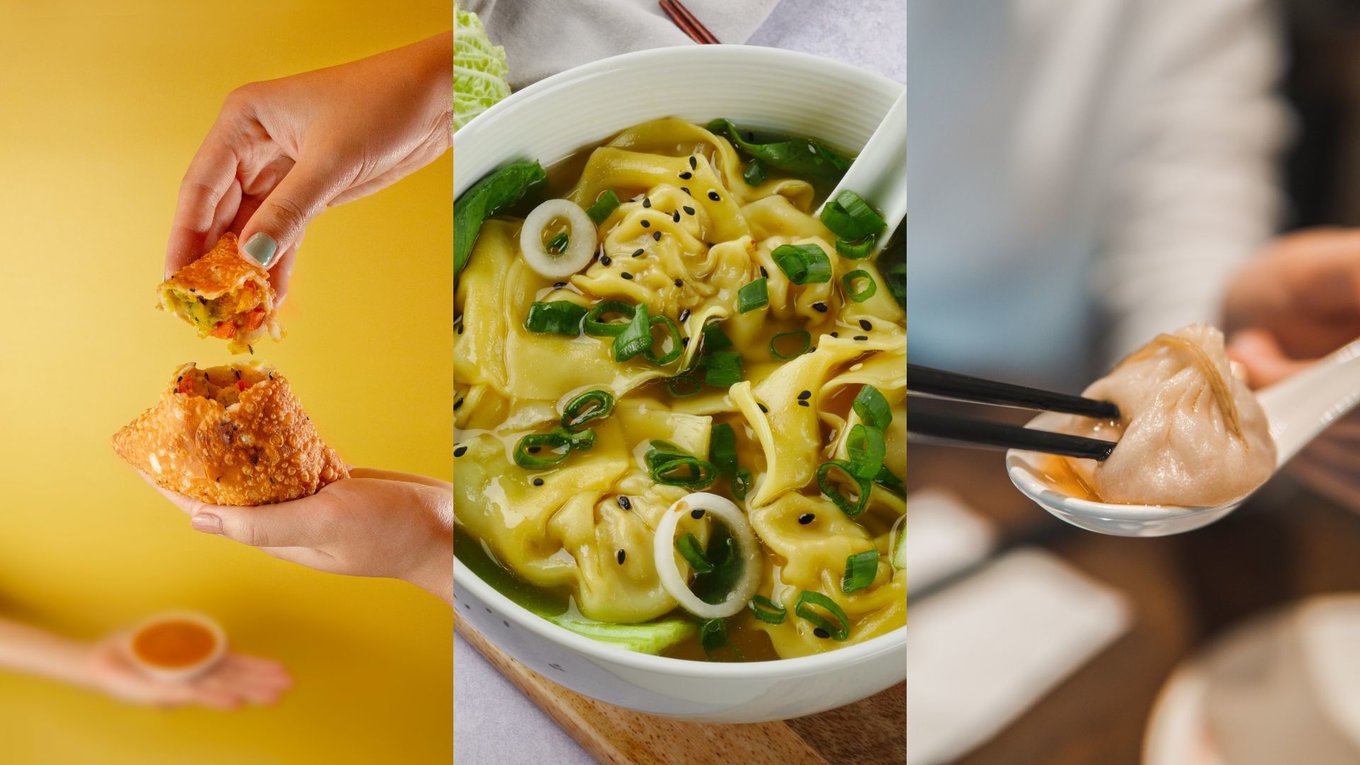
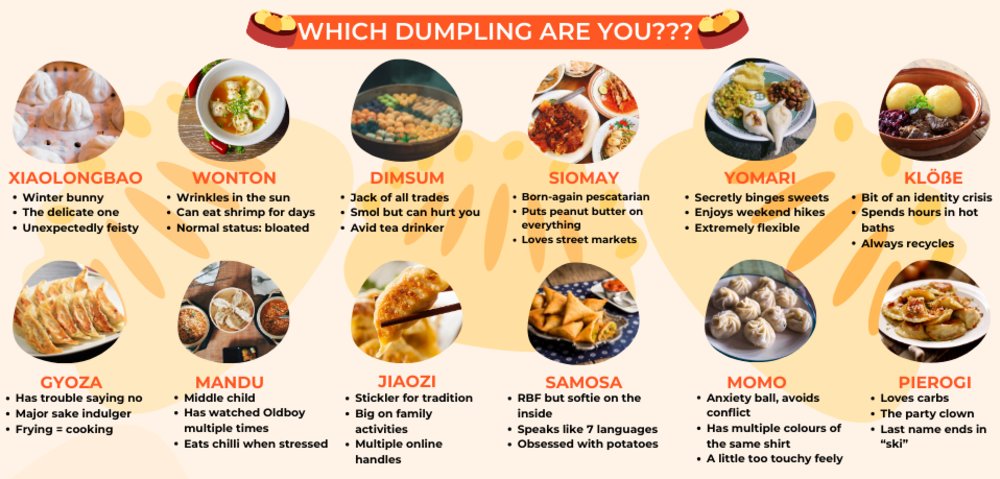
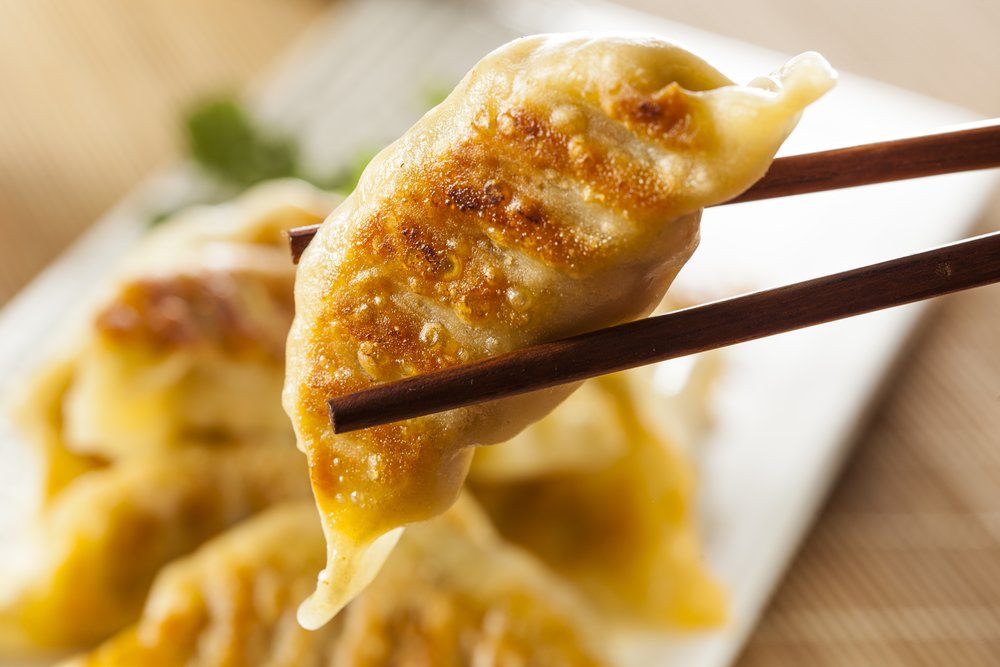
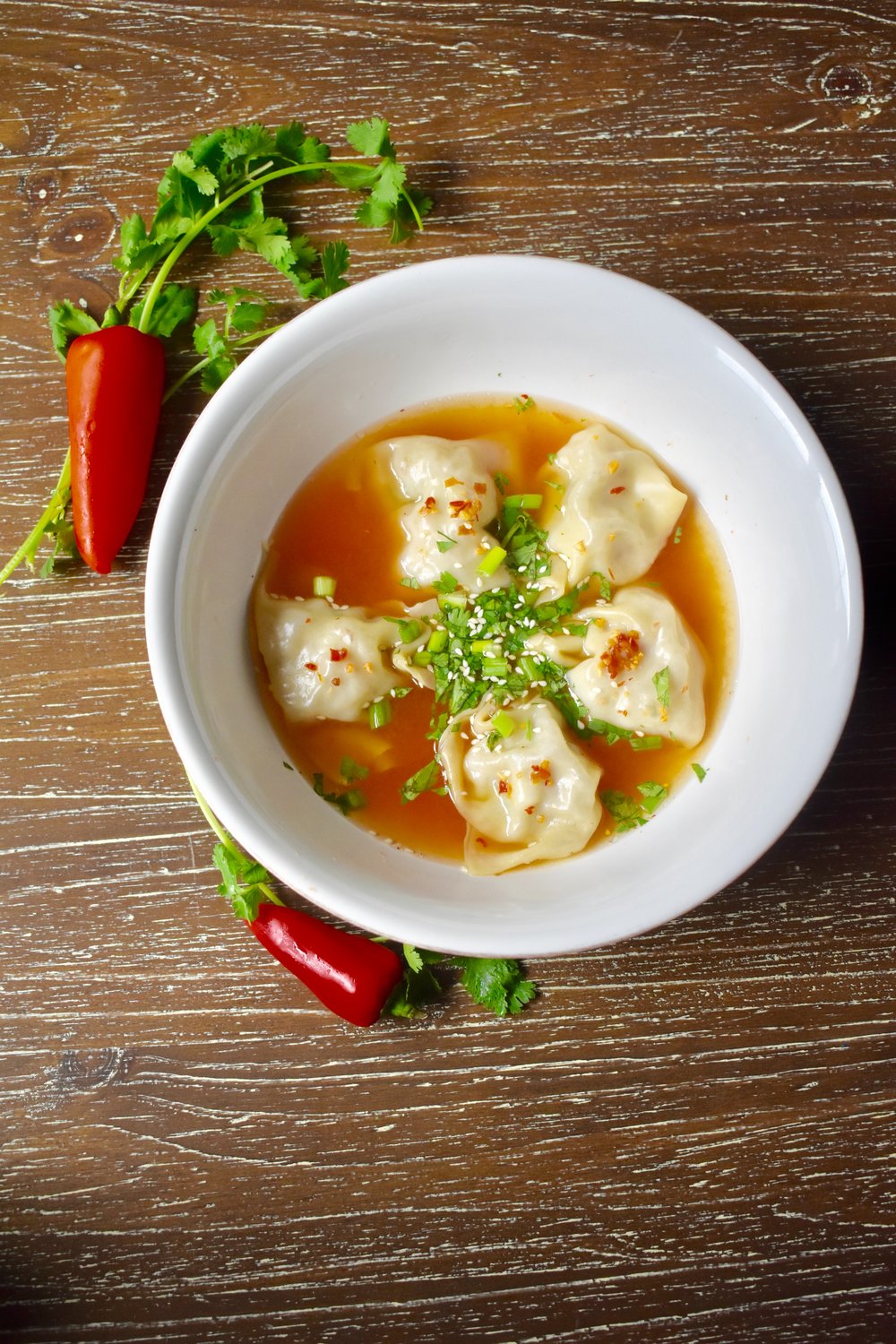

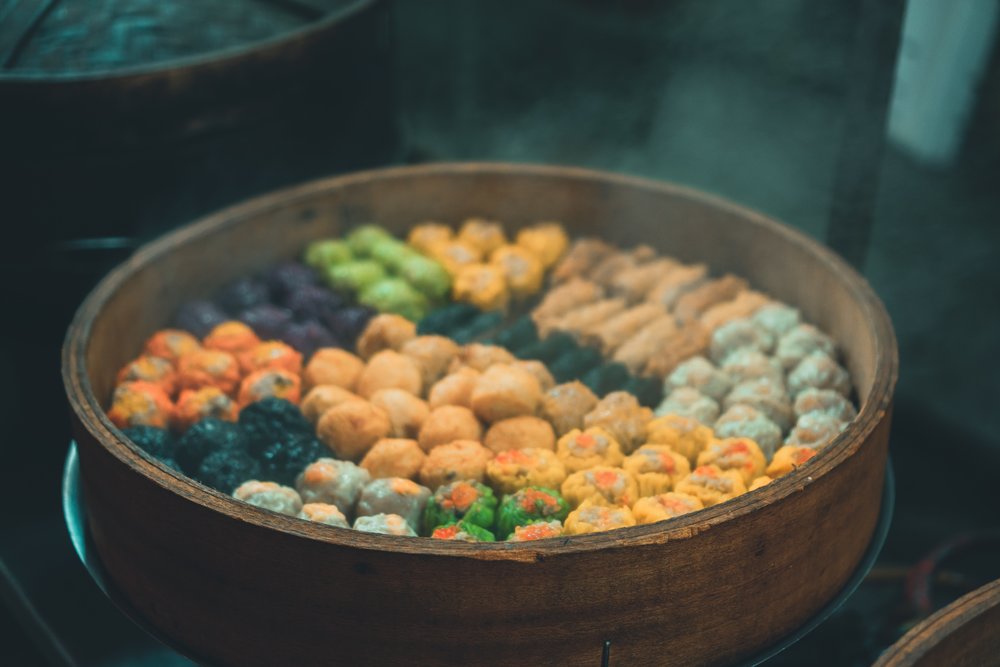
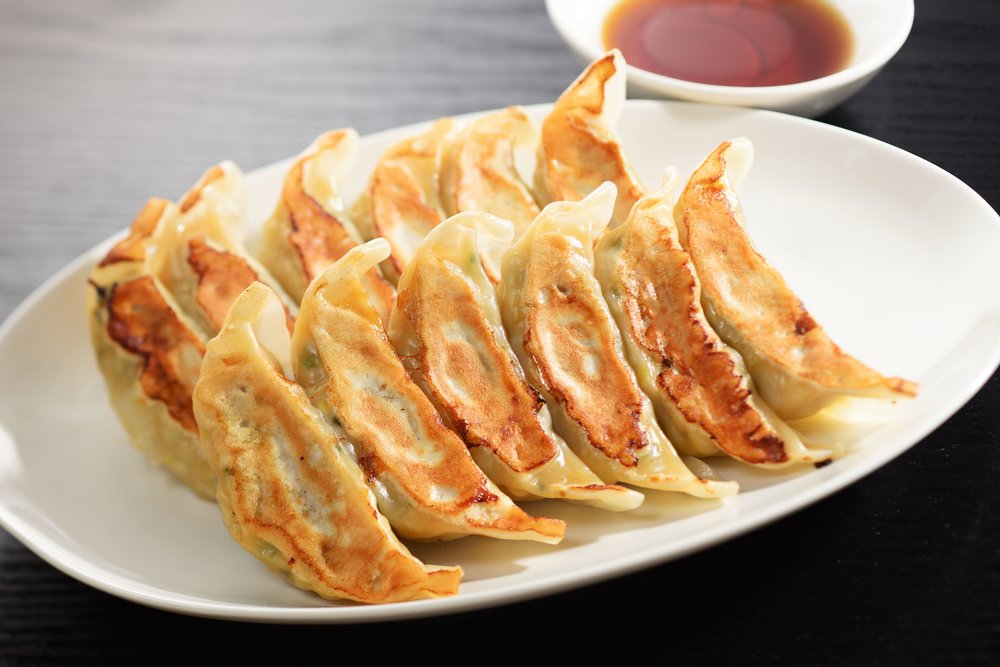
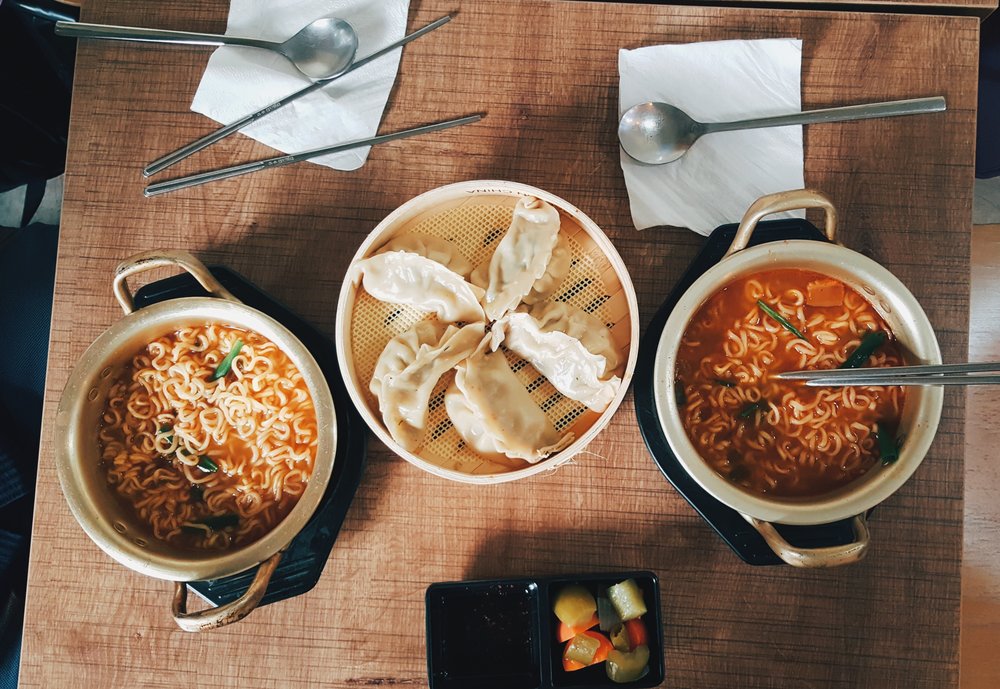
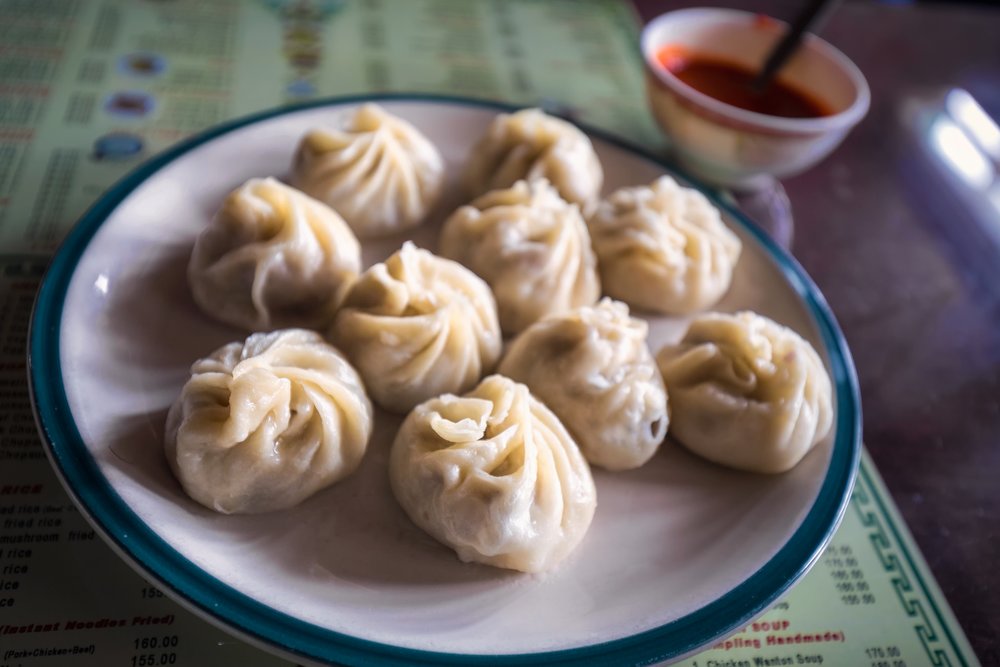
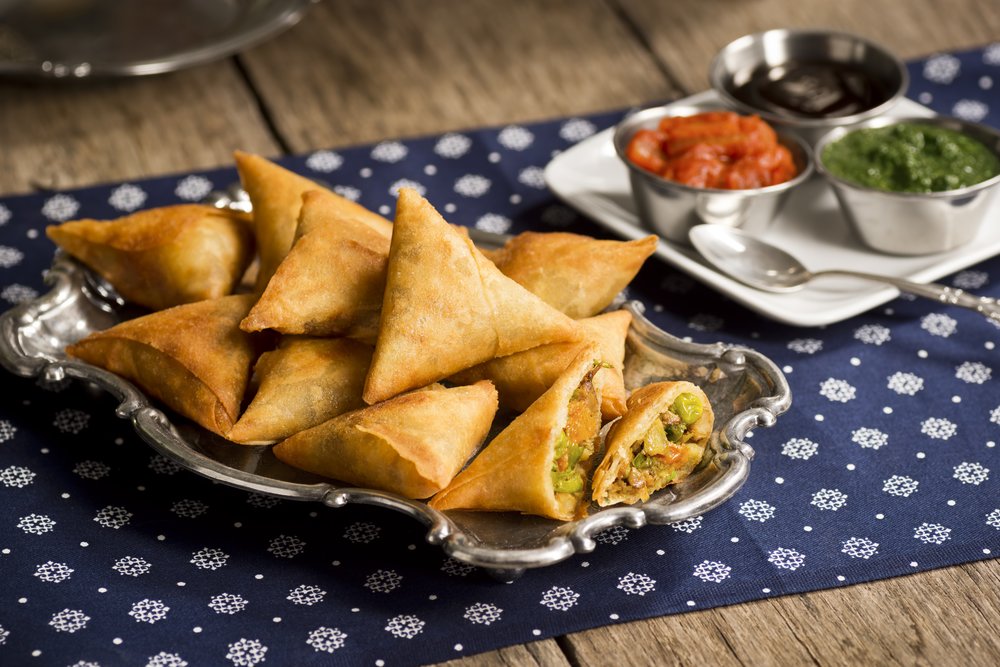
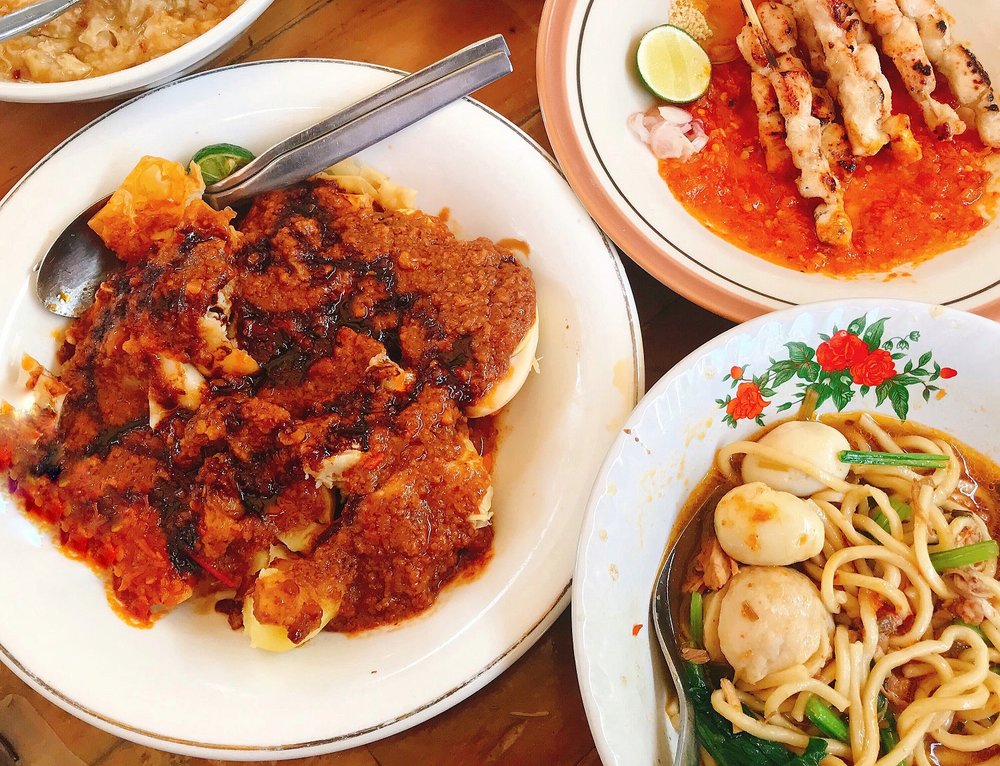
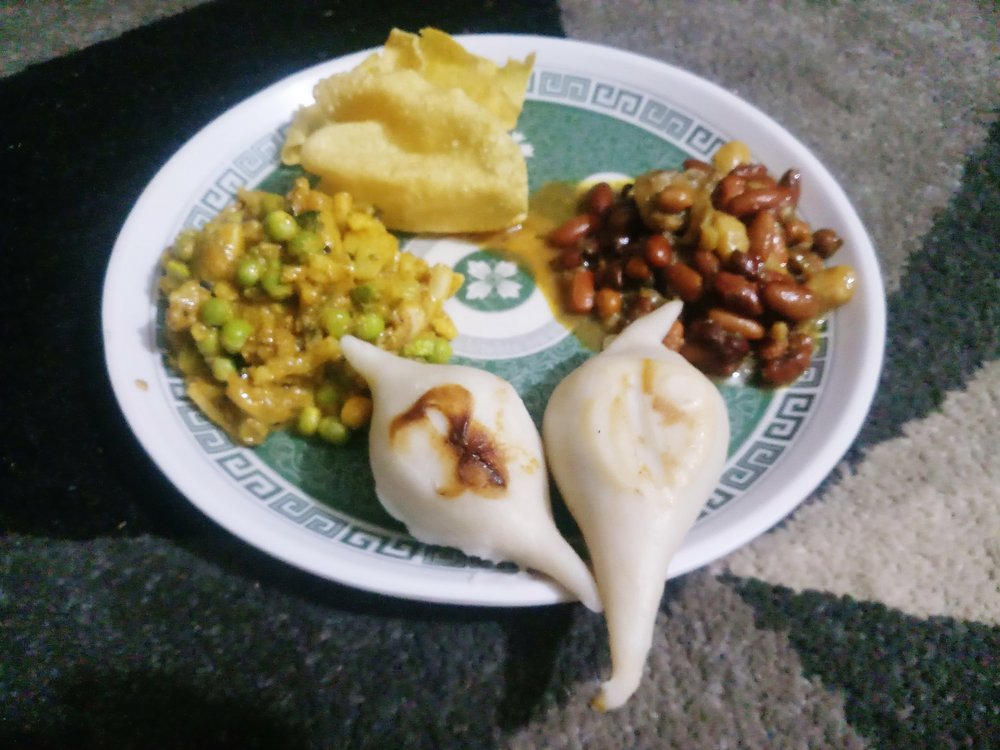
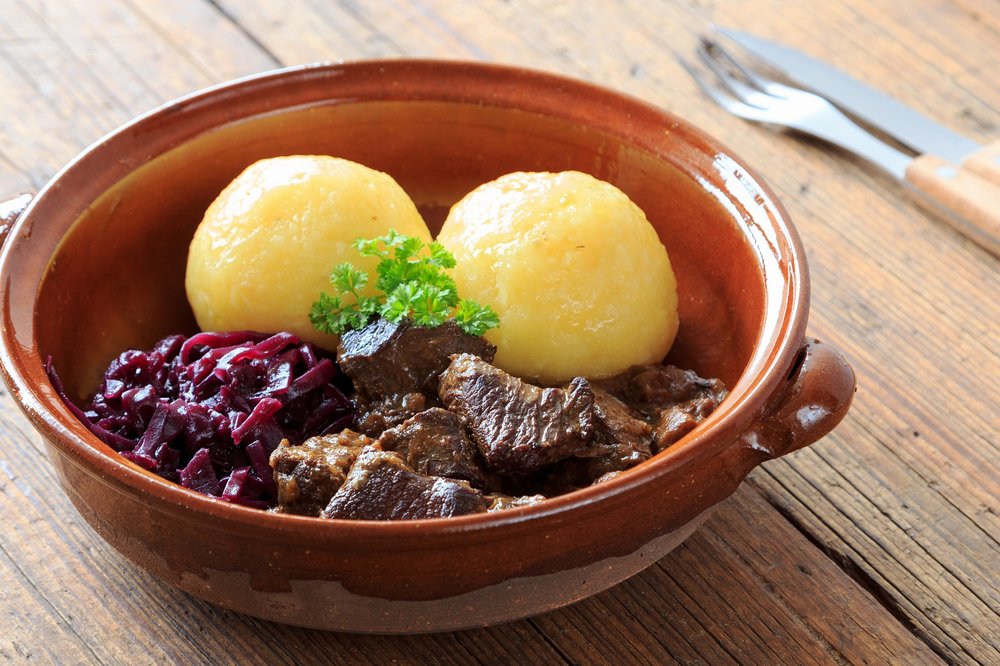

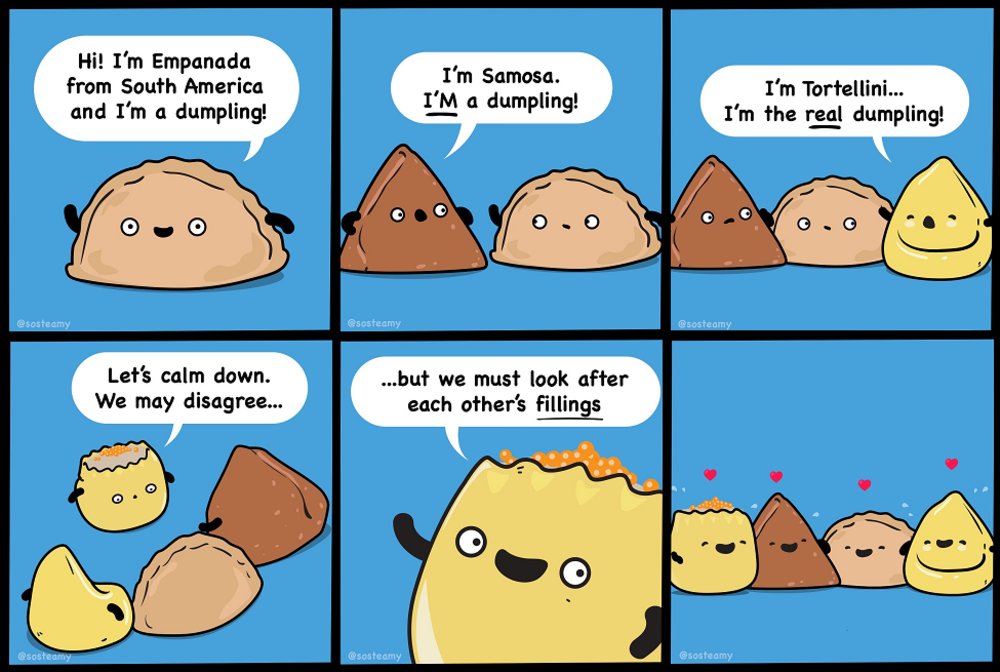
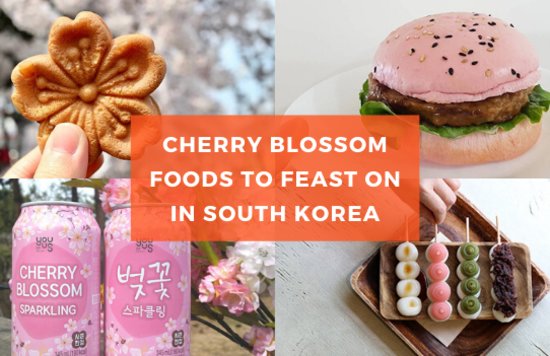



![[Updated] Complete List Of Official Nationwide MCO SOP 2021](https://res.klook.com/image/upload/fl_lossy.progressive,q_85/c_fill,w_160,h_104/v1633858858/blog/iso56uzsphmdguixkvzh.jpg)





![[Updated] Complete List Of Official Nationwide MCO SOP 2021](https://res.klook.com/image/upload/fl_lossy.progressive,q_85/c_fill,w_410,h_264/v1633858858/blog/iso56uzsphmdguixkvzh.jpg)






